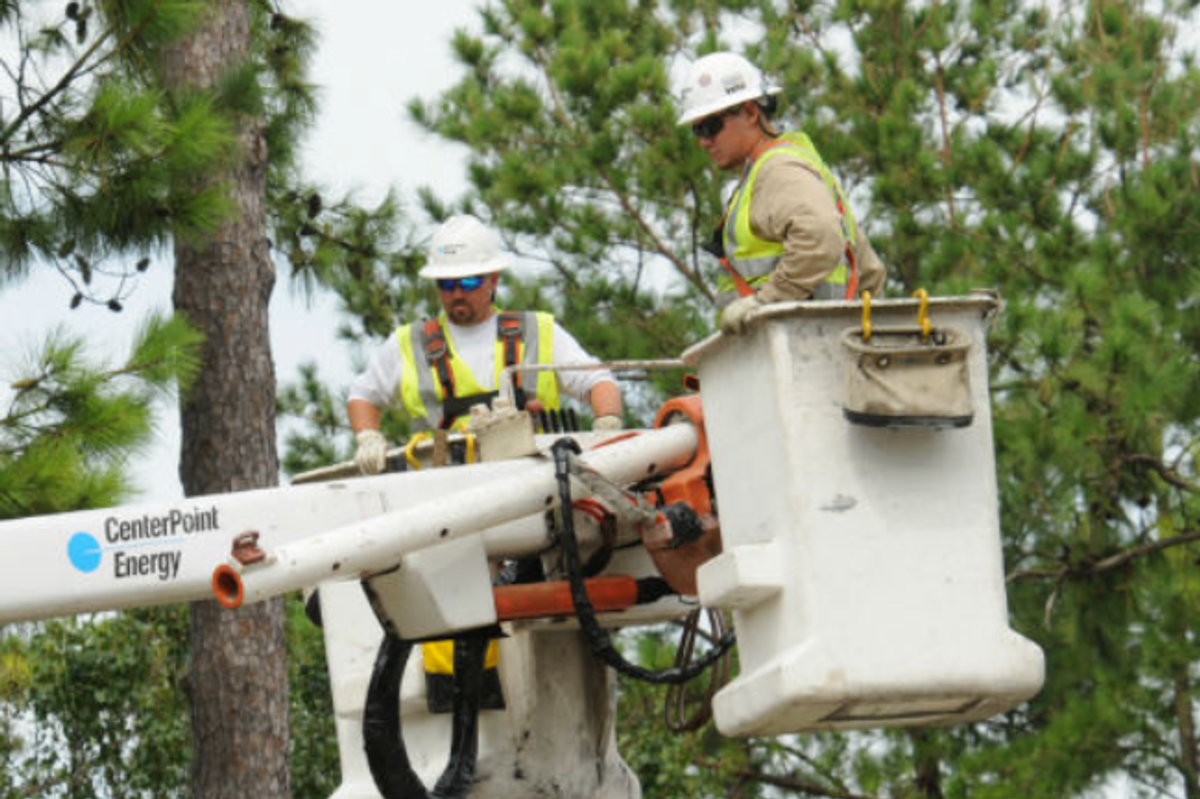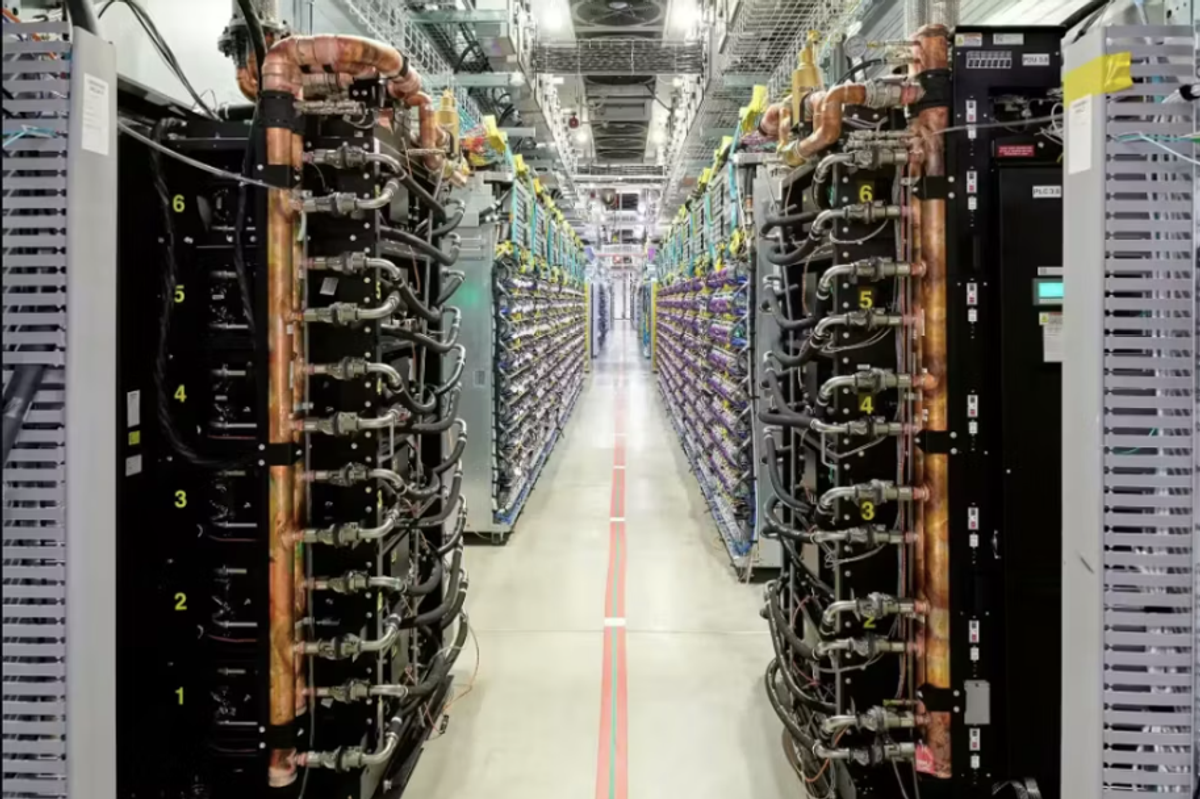Houston Auto Show returns this month as part of new innovative coalition
auto allies
The Houston Auto Show and Houston Boat Show (Houston AutoBoative) have returned to NRG Center this month, and for the first time, the popular events are part of the Automotive Experience Alliance (AEA).
Launched in October, the AEA is a coalition of about 30 auto shows that aim to drive innovation and standardization throughout the auto show industry, according to a news release.
“Formed out of a year-long strategic planning project, the Automotive Experience Alliance unites industry leaders committed to pushing the boundaries of automotive innovation while driving interest in and education of the latest vehicles and technology via an exciting and interactive event designed for the consumer,” AEA Chairman Kevin Mazzucola said in a release. “The AEA will initially focus on defining a set of standards that all associated members will adopt, including transparency with third-party audited attendance numbers and expanded demographic and purchase intent data.”
Clean energy coalition Evolve Houston is sponsoring the Houston Auto Show and providing attendees with the opportunity to test drive the latest electric vehicle offerings during its outdoor ride and drive.
Additionally, the show promises sports cars, trucks, and boats, and it includes attractions like sightings of three space rovers from NASA.
From the auto industry, vehicles from Nissan, Rolls Royce, Subaru, Toyota, Bentley, BMW, Bugatti, Buick, Cadillac, Chevrolet, Dodge, Ford, GMC, Honda, Hyundai, Ineos, Infiniti, Jeep, Kia, Lexus, Lincoln, Lotus, Mazda, and Volkswagen are on display.
While forming the AEA, 10 U.S. auto shows conducted the Auto Show Insights Initiative to gain feedback from 14,908 auto show attendees about the events to help strengthen shows for members in the coalition and streamline processes for the industry.
Other AEA members include the Austin Auto Show, North Texas Auto Expo and the San Antonio Auto Show, as well as others around the country.
“We’re thrilled to join the Automotive Experience Alliance and contribute to a more innovative future for automotive shows nationwide,” Wyatt Wainwright, President of the Houston Auto Show and AEA Vice President, said in a news release. “Leading as an example, we’ve created the AutoBoative Show, a first-of-its-kind event designed to bring like minded individuals together, broadening our reach to include both auto and boating enthusiasts. The past three years of this collaboration showcases our commitment to evolving with consumer interests and providing a unique, immersive experience that resonates with a wider audience.”
Evolve Houston, which was launched as part of Houston’s Climate Action Plan and is one of the organizations leading the way in the EV space. The nonprofit set out to have 30 percent of the vehicles in Houston be electric by 2030 while improving regional air quality and reducing greenhouse gas emissions in the Greater Houston area.
Houston AutoBoative runs from Jan. 2–Feb 2. Find more tickets and more information here.










